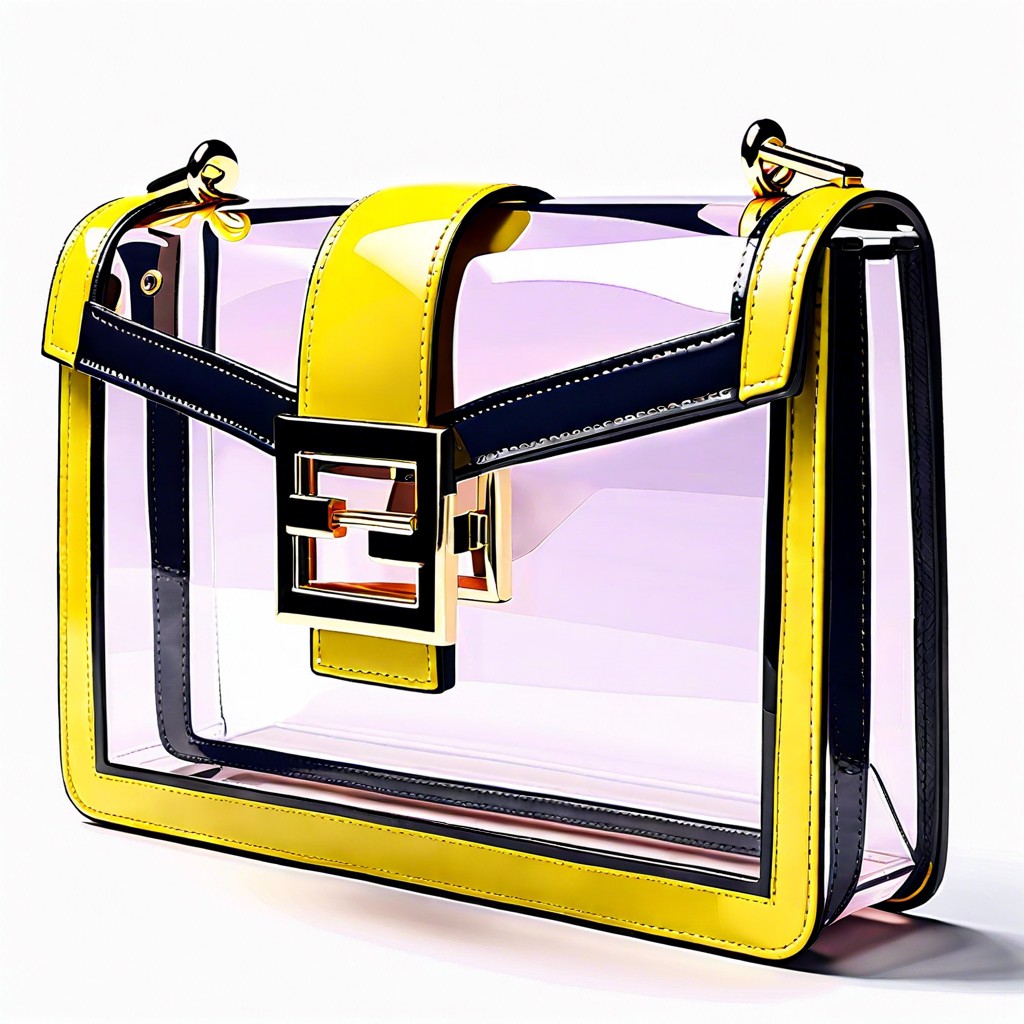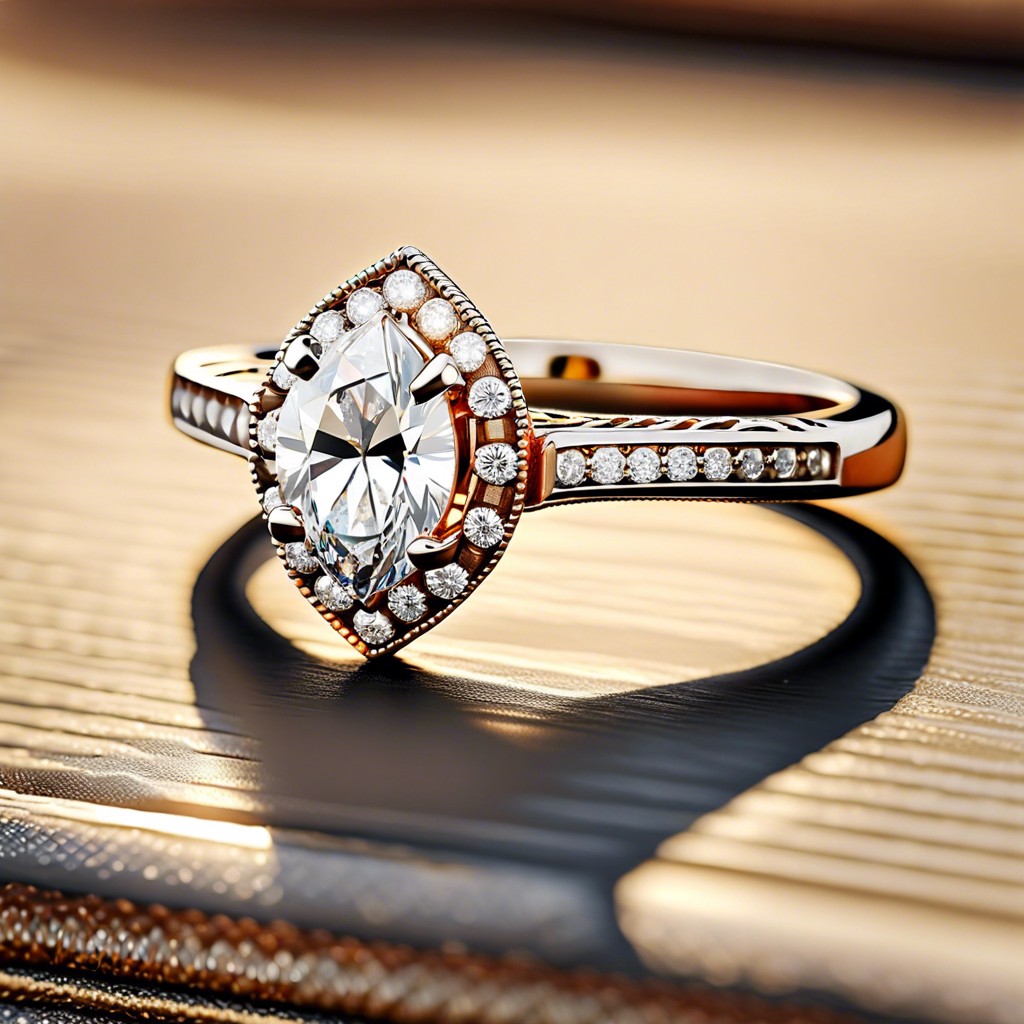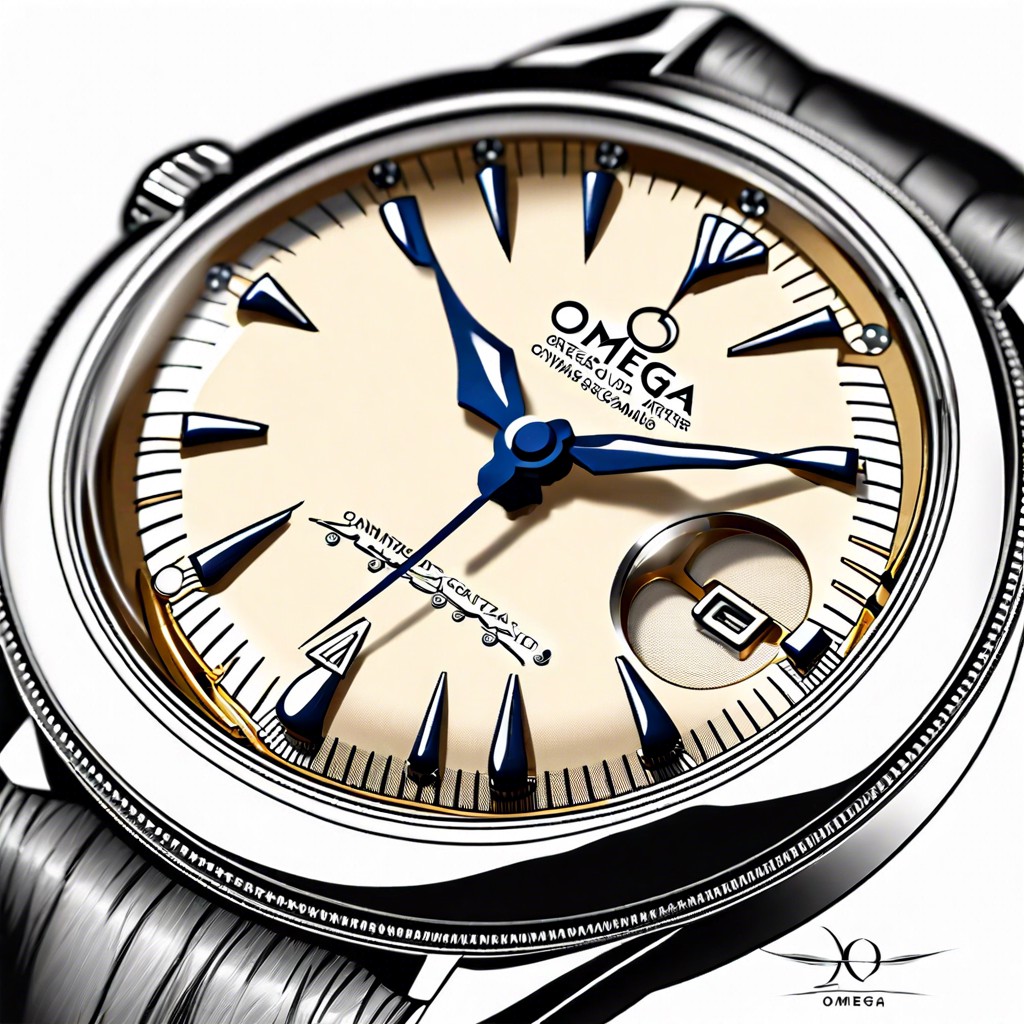Last updated on
Discover the sweet allure of vintage candy and how it reflects cultural and historical shifts over time.
Key takeaways:
- Vintage candy tells stories of past decades and reflects cultural shifts.
- Vintage candy can evoke powerful memories and emotions.
- Some vintage candies have become collectors’ items due to their rarity.
- Vintage candy showcases the longevity and innovation of the industry.
- Candy has left its mark on popular culture in various forms.
Understanding Vintage Candy
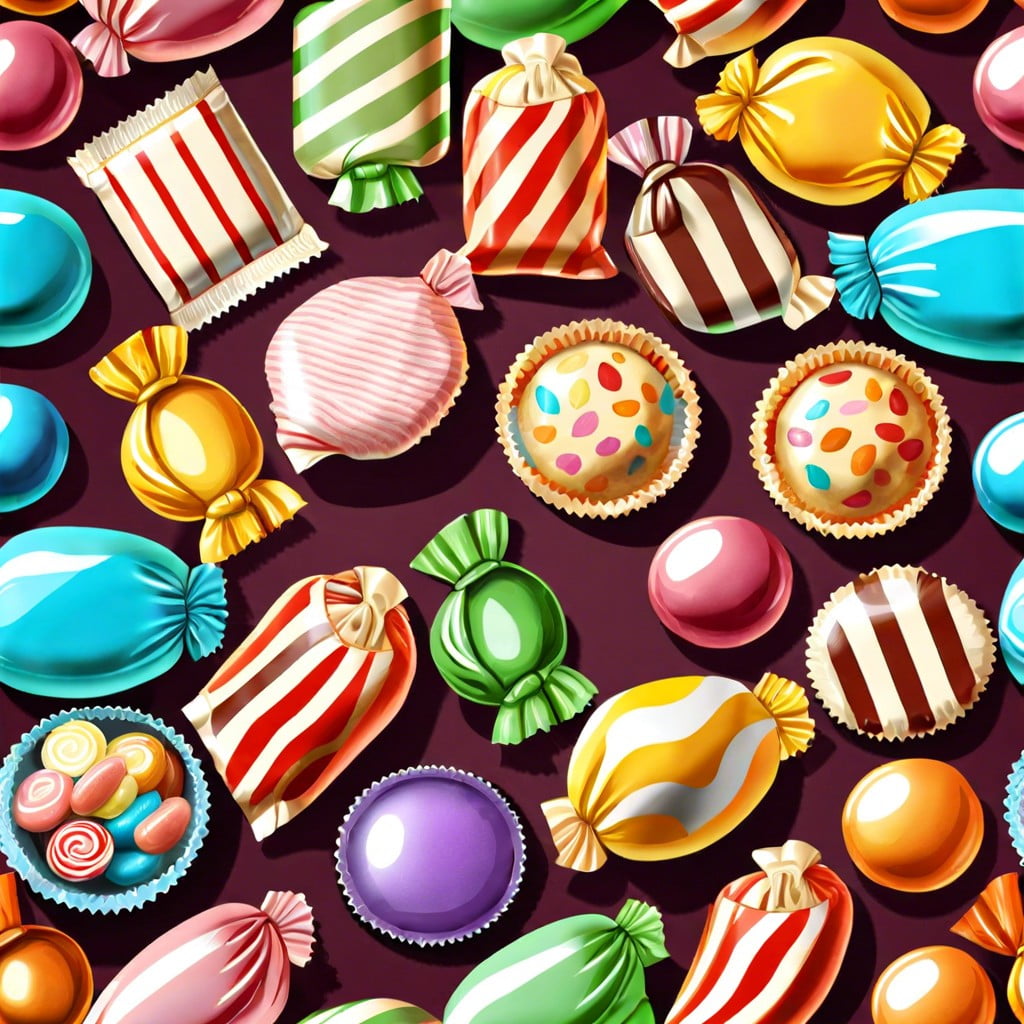
Vintage candy represents a sweet stroll down memory lane, bringing with it nostalgia and warmth from bygone eras. These confections tell stories of past decades, reflecting changes in society, technology, and flavor preferences. To grasp vintage candy fully, consider these key elements:
- Definition: Vintage candy typically refers to sweet treats that were popular in the past but are no longer widely produced. Some retain a cult following and are still manufactured in limited quantities today.
- Historical significance: Each era’s candy mirrors its technological advances and cultural shifts. For example, the popularity of certain candies during wartime often reflected the availability of ingredients due to rationing.
- Rarity: Certain vintage candies have become collectors’ items due to their scarcity. Limited runs, discontinuation, or changes in packaging contribute to their rarity.
- Evocative appeal: The sensory experience of tasting a vintage candy can evoke powerful memories and emotions, teleporting one back to moments in time often associated with childhood or special occasions.
- Continuity and change: Some candies have withstood the test of time, showcasing the longevity of a well-loved flavor or concept. Others have transformed, reflecting innovations in the candy industry.
Understanding these aspects offers insight into the enduring legacy and charm of vintage candy.
History of Vintage Candy
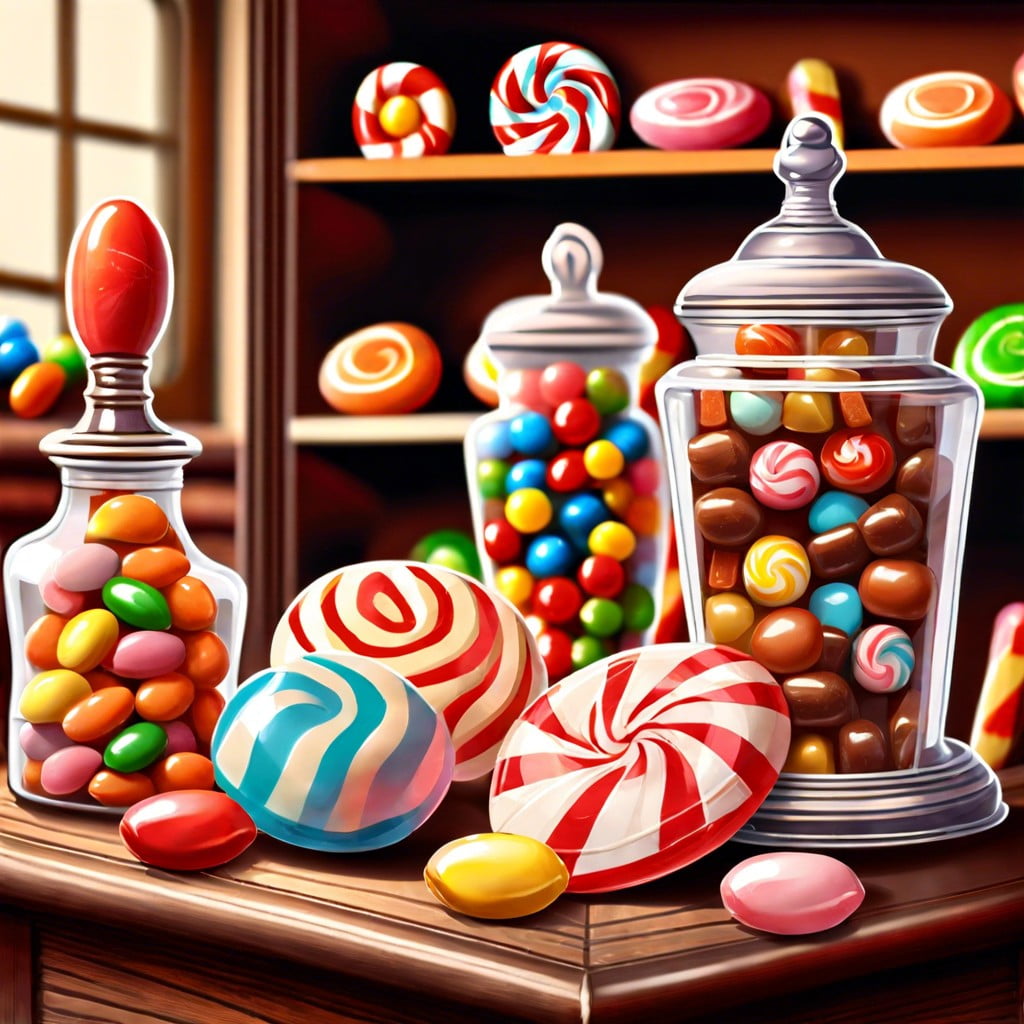
Candy dates back to ancient civilizations, where people enjoyed natural sweets like honeycomb and sugarcane. Fast forward to the 1800s, advances in manufacturing and the availability of sugar transformed confectionery into a booming industry.
By the early 20th century, mass-produced candies began to emerge. The Jazz Age brought treats that mirrored the vibrant culture of the time, with brightly colored wrappers and novel flavors. During the Great Depression and World War II, candy provided an inexpensive comfort for those facing hard times.
In the 1950s and 60s, innovation soared with the introduction of many candies still beloved today. Peppermint Patties and Pixy Stix are just a few examples from an era that relished sweet experimentation.
The history of these confections is not just about taste but the memories they evoke. Each generation has its nostalgic favorites that serve as edible time capsules.
Iconic Vintage Candies of Different Decades
The 1920s heralded the invention of the Baby Ruth bar, a medley of chocolate, peanuts, caramel, and nougat. Its rumored namesake, baseball legend Babe Ruth, added a dash of Americana to every bite.
Transitioning to the 1930s, the 5th Avenue bar, an assembly of crunchy peanut butter and milk chocolate, captured the essence of a bustling era with each layer symbolizing the skyscrapers lining New York’s famed boulevard.
As soldiers went to war in the 1940s, M&Ms, with their colorful candy shells preventing melt in high temperatures, served as portable morale boosters. Post-war, they became a symbol of peacetime pleasures.
The 1950s brought a swirling sensation with Pixy Stix, a powdery sugar rush in a straw, reflecting the era’s love for fun and innovation.
By the 1960s, Starburst, originally named Opal Fruits, offered a burst of fruit flavors, paralleling the decade’s vibrant cultural shifts.
The pliable and playful Nerds, born in the 1980s, catered to a generation delighting in arcade games and bright, bold fashion trends.
Each of these candies encapsulates the spirit of its time, continuing to charm sweet-toothed enthusiasts with a nostalgic taste of history.
Preservation Techniques for Vintage Sweets
Maintaining the allure of age-old confections hinges on proper care. Natural elements can transform a cherry bonbon into a sticky mess or morph a peppermint stick into a faint shadow of its former self. Storing these sweets at a stable temperature and humidity level is paramount. Avoid fluctuating conditions which can lead to sugar bloom, where sugar crystallizes on the candy’s surface, rendering it grainy.
Sunlight is another adversary for these edible antiques. Exposure to UV rays can fade the vibrant colors that many collectors find charming. Ideally, candies should be kept in a dark, cool place. Consider opaque containers that block light yet allow for minimal air exchange to prevent condensation.
Some enthusiasts opt for vacuum-sealed environments to further extend the lifespan of their confections. This method limits oxidation, keeping flavors intact and preserving texture. Just remember, while airtight containers are great for chocolate, they may not suit every candy type, such as those intended to breathe a little, like hard toffees and caramels.
Engaging with fellow collectors can yield insights into preserving specific types of candies. Each variety, from licorice to lollipops, has its own set of sensitivities and may fare better with tailored storage solutions. Online forums and clubs are rich with shared knowledge from experiences in candy conservation. Remember, vintage treats are more than mere sweets; they’re snapshots of yesteryear, and their preservation allows us to savor a taste of the past.
Impact of Candy On Popular Culture
Candy has left its sticky fingerprints all over pop culture. Iconic treats have appeared as pivotal plot points in films, like the suspenseful scene with Reese’s Pieces in “E.T.” or the fantastical candy creations in “Willy Wonka & the Chocolate Factory”.
Television ads with catchy jingles for sweets like “Tootsie Roll” burrow into our collective memory. Who hasn’t hummed “Whatever it is I think I see becomes a Tootsie Roll to me” at least once?
Collectibles also play a part. From Pez dispensers featuring a pantheon of characters to whimsical candy wrappers saved by enthusiasts, these items capture the spirit and trends of their times.
Additionally, sweets-inspired fashion is clear in vibrant, candy-colored outfits and sugary accessories gracing runways. Designers like Jeremy Scott have been inspired to create entire candy-themed collections.
In music, lyrics often reference candy as metaphors for love and desire, showcasing the inextricable link between confections and our emotional lexicon.
Finally, let’s not forget the board game classics. Anyone recall the peppermint forest in Candy Land? This game has whisked numerous children away to a confectionary landscape, demonstrating how candies have been woven into the fabric of childhood nostalgia.

